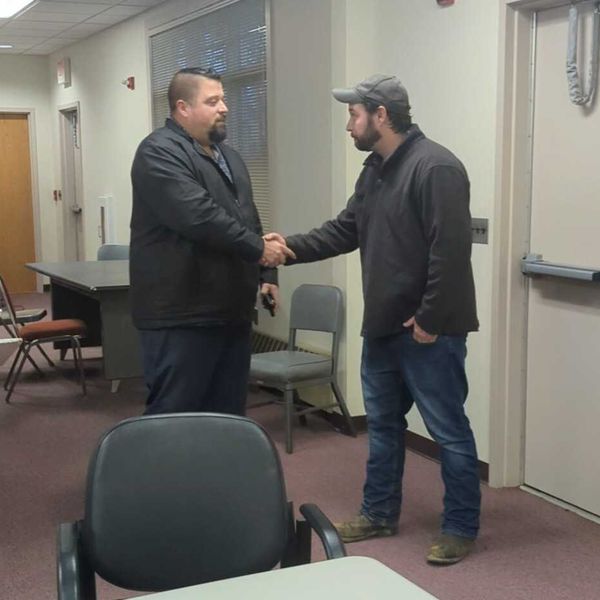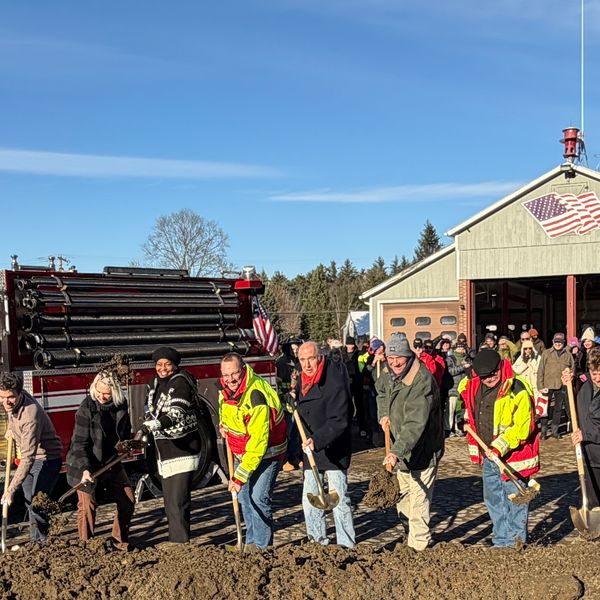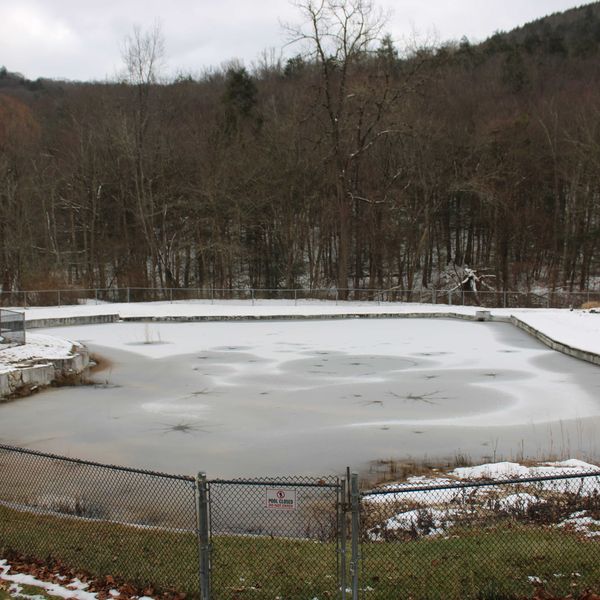Fire razes three buildings in Kent
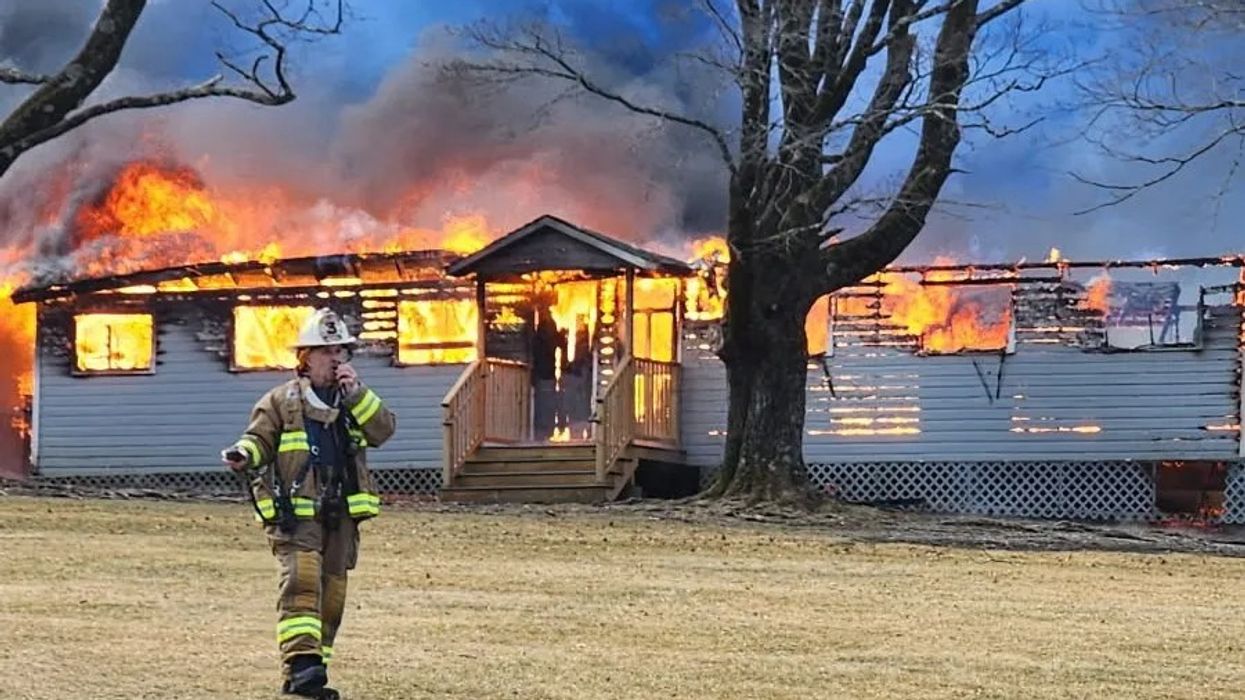
Kent Volunteer Fire Department responded to four calls in the span of about five hours, throughout Kent on Friday, March 21. Multiple structures were lost and many residents experienced power outages during the incidents.
Provided
 A blown propane tank sits among ash and debris at the scene of the fire in Kent March 21.Provided
A blown propane tank sits among ash and debris at the scene of the fire in Kent March 21.Provided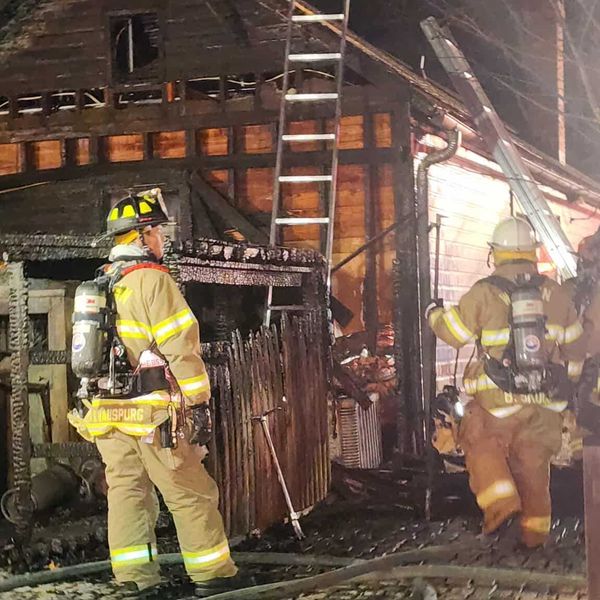
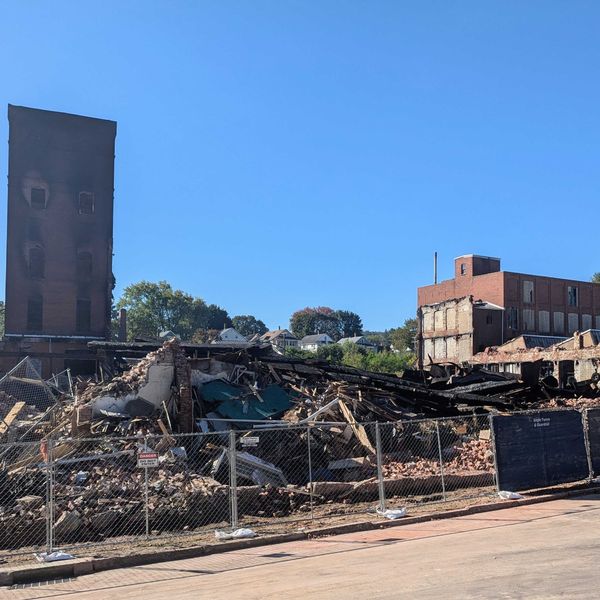

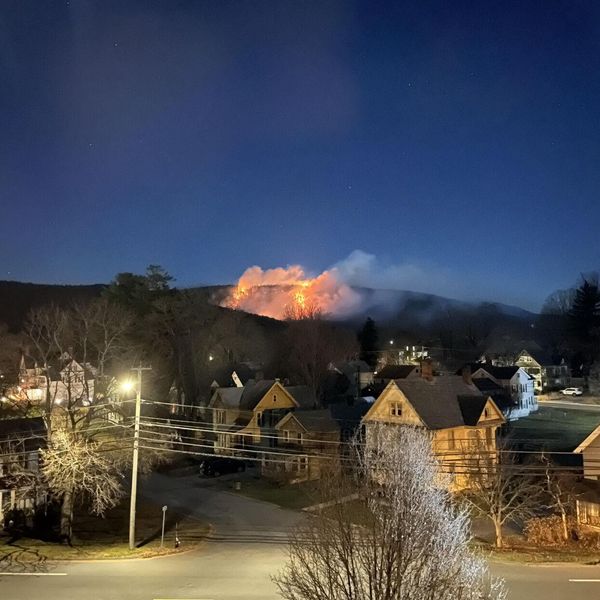

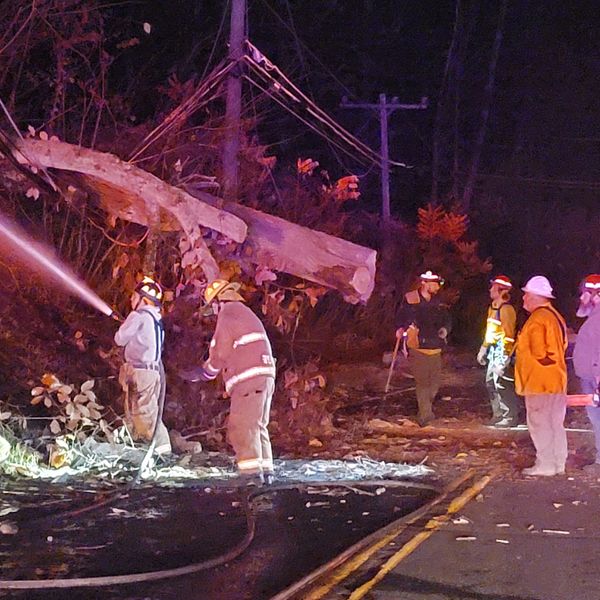


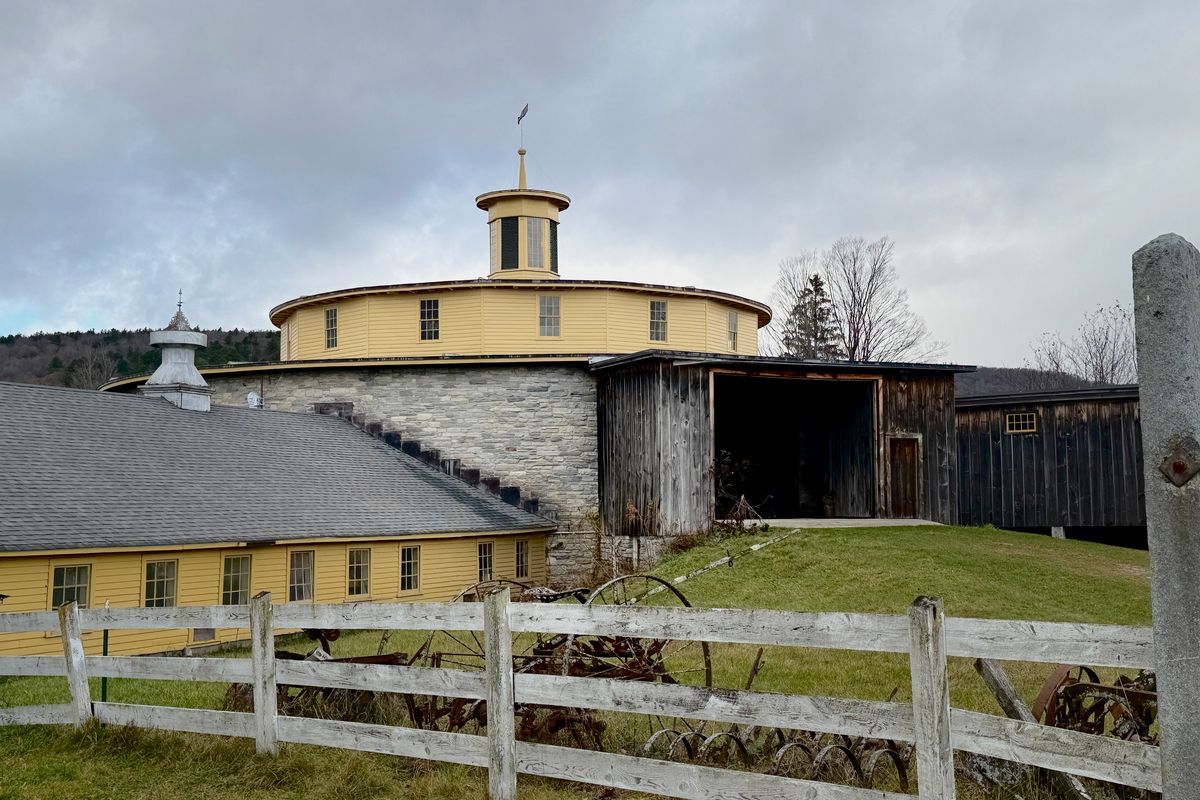
 Shakers referred to their farm as the City of Peace.Jennifer Almquist
Shakers referred to their farm as the City of Peace.Jennifer Almquist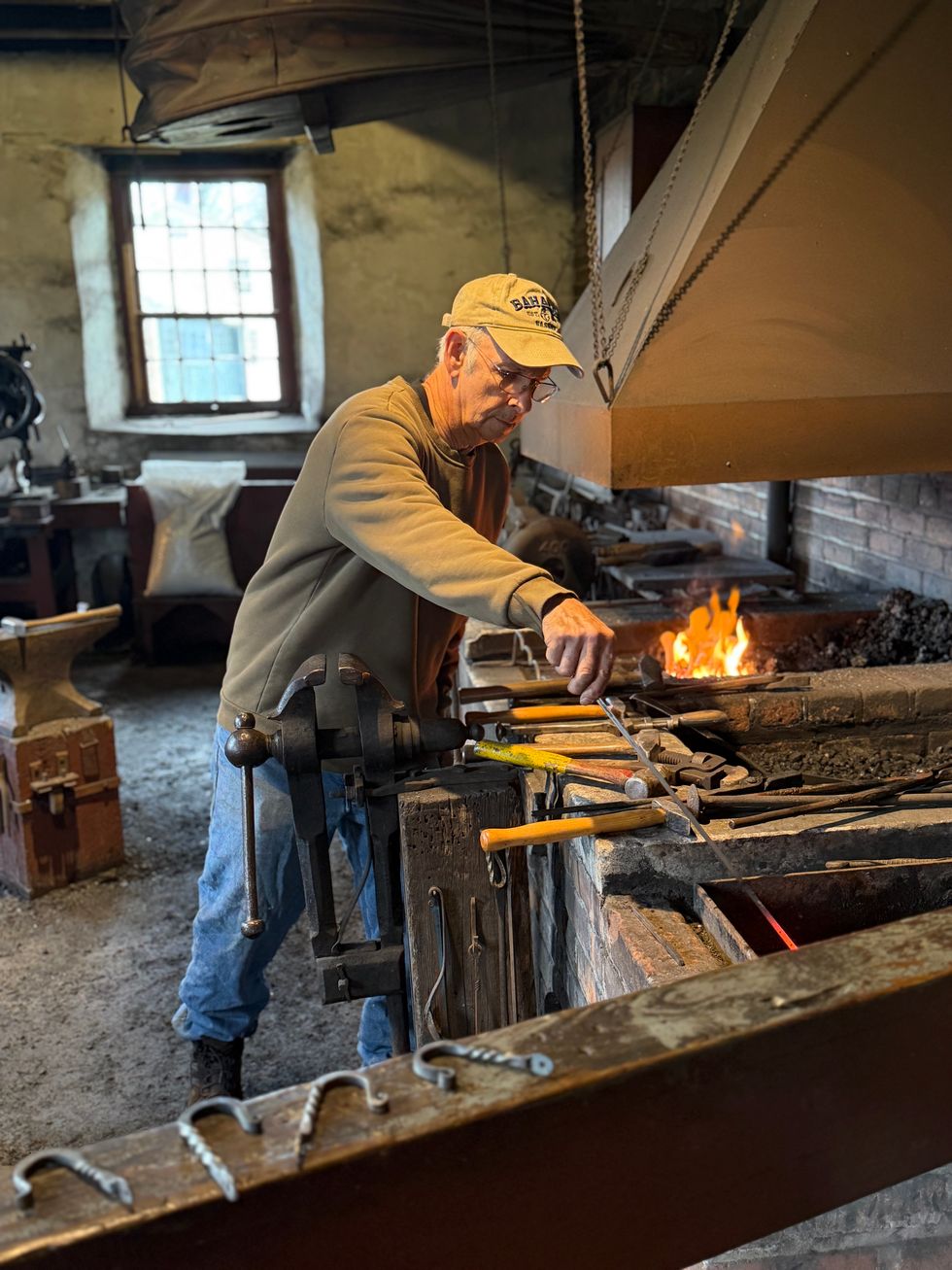
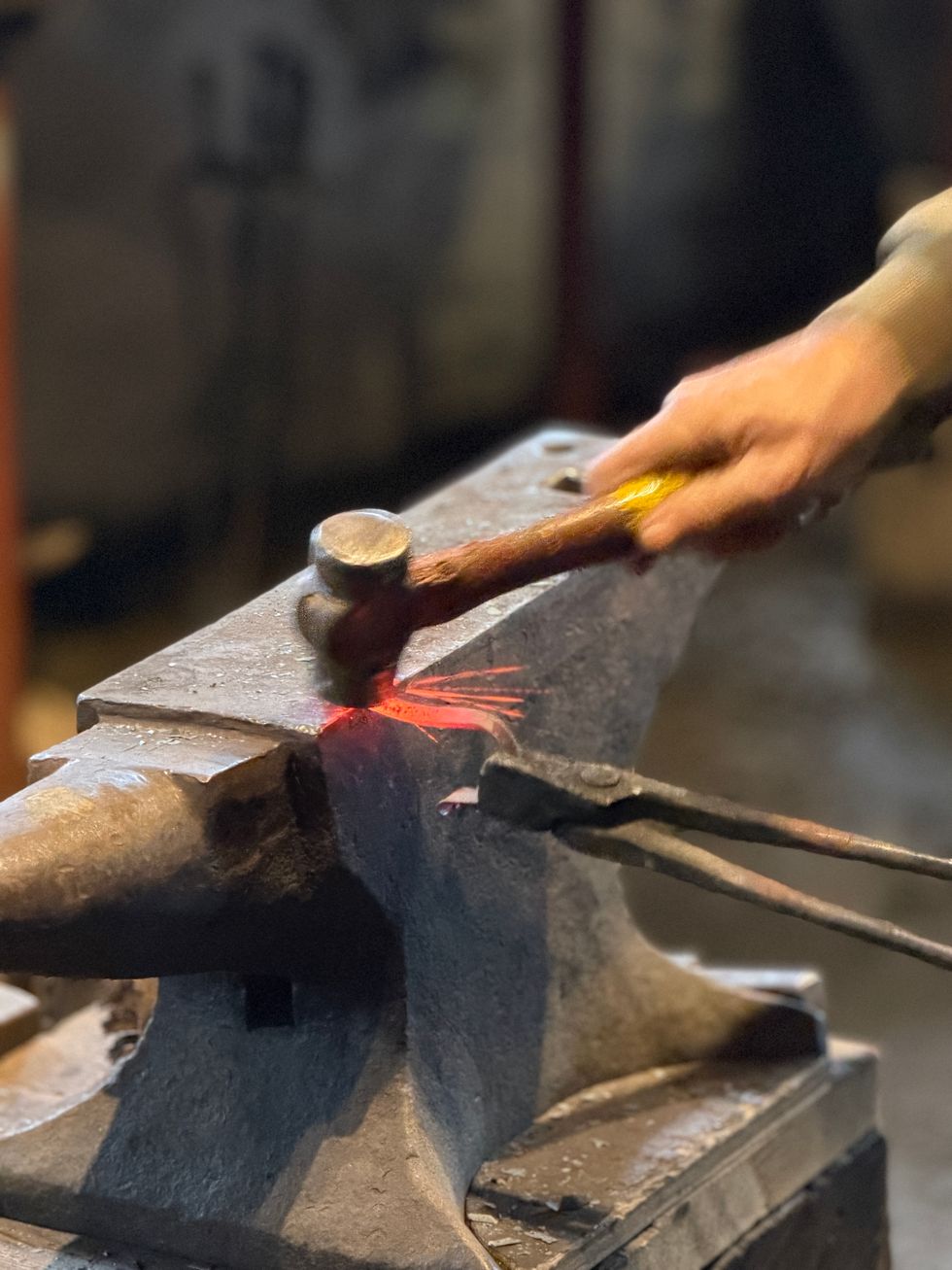
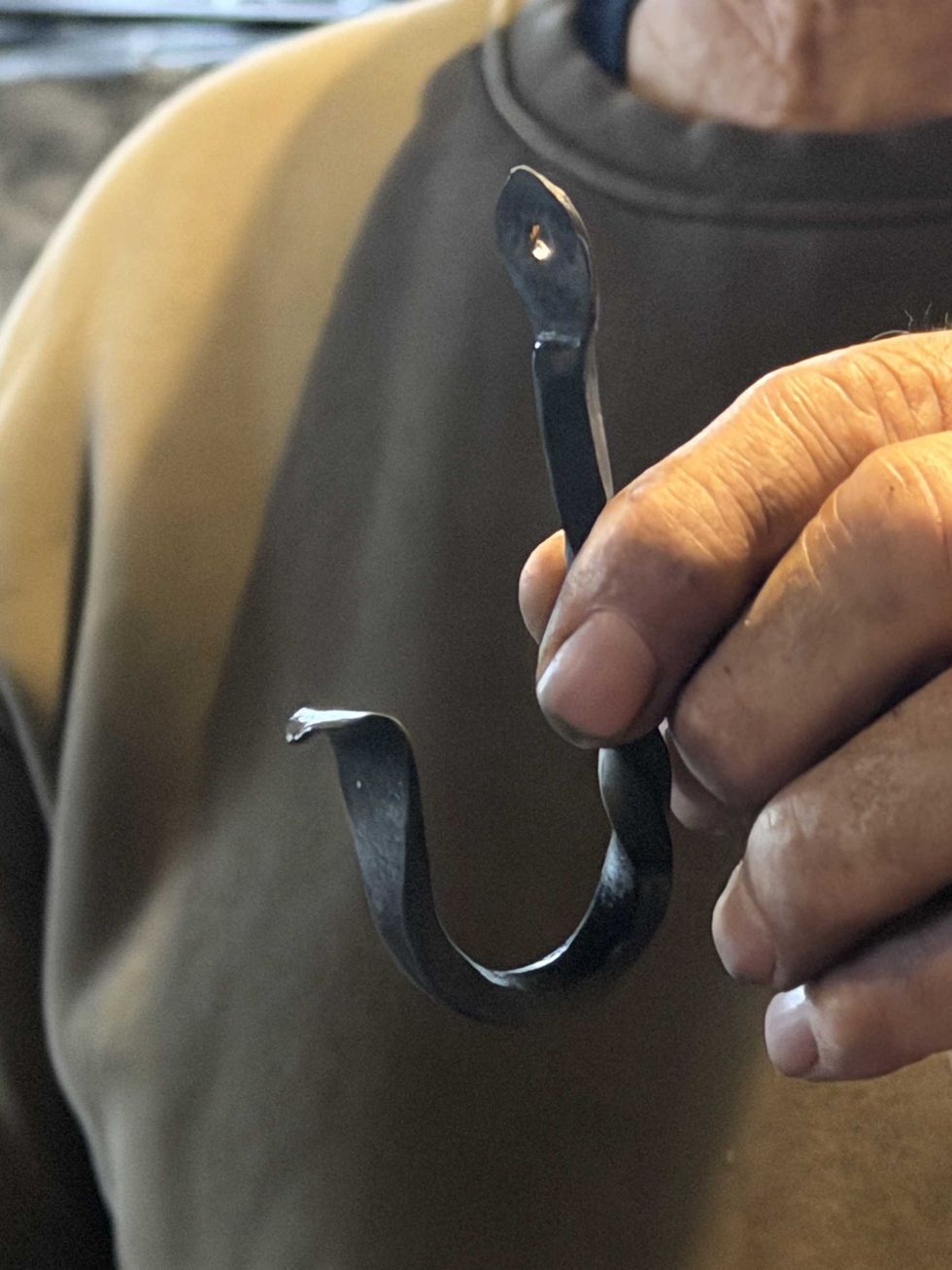
 A Shaker chair.Jennifer Almquist
A Shaker chair.Jennifer Almquist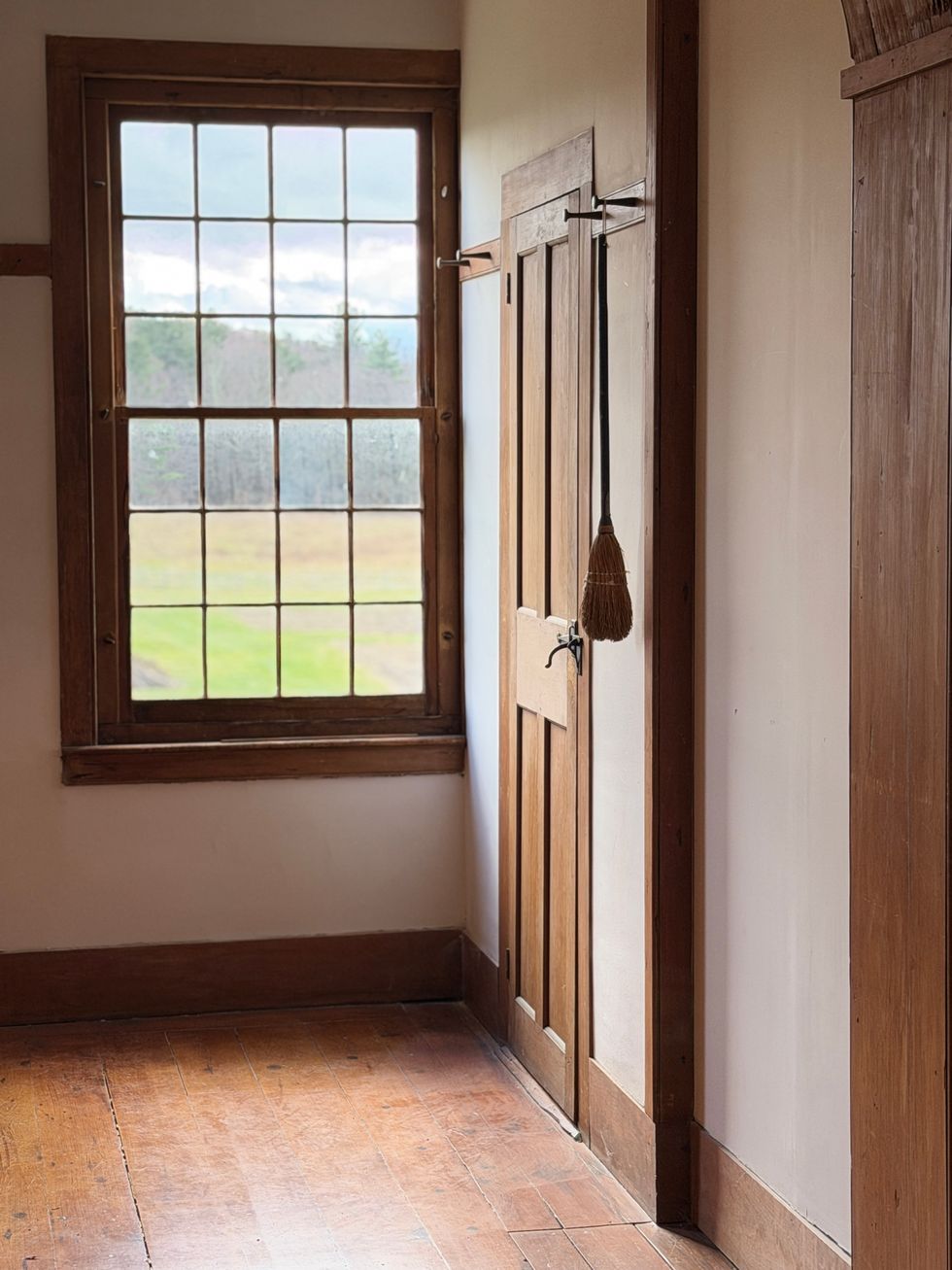 The Shakers embraced practical designs of great utility and beauty.Jennifer Almquist
The Shakers embraced practical designs of great utility and beauty.Jennifer Almquist
 Interior of Lakeville Books & Stationery.Provided
Interior of Lakeville Books & Stationery.Provided

